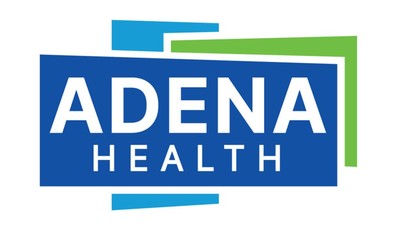
Ross Health District Receives Adolescent Health Resiliency Grant
Article Presented By Accurate Heating, Cooling & Plumbing…
(Chillicothe) – The Ross County Health District was awarded $150,000 through the Ohio Department of Health’s (ODH) Adolescent Health Resiliency grant. The three-year grant will fund trauma-informed care training for adults who work with adolescents and provide opportunities for a safe and supportive connection to trusted adults within the community. Having a connection to a supportive and consistent adult is a protective factor that contributes to positive outcomes in children and adolescents, including the development of resilience.
Suicide rates among youth ages 15-24 are higher than the state and national averages (CHA, 2022). According to a study published by ODH (Suicide Demographics and Trends, Ohio, 2020), suicide was the second leading cause of death among Ohioans ages 10 to 14 years old, and the third leading cause of death among Ohioans ages 15 to 34 years old. Strikingly, the study also found that 12 of the 17 counties with the highest suicide rate were rural Appalachia, which includes Ross County.
According to the 2021 Ohio Youth Risk Behavior Survey/Youth Tobacco Survey (YRBS/YTS), 43% of Ohio high school students reported not doing normal activities because they felt so sad or hopeless for two weeks or more in a row. Additionally, 22% of Ohio high school students seriously considered suicide in the 12 months prior to the survey. The 2021 Ohio YRBS/YTS also shows that only 43% of Ohio high school students reported that they most of the time or always feel that they can talk to an adult in their family or another caring adult about their feelings. Slightly more than half (55%) of students strongly agree or agree that they feel close to people at their school.
“Our young people need to know that they have a trusted adult they can rely on as they navigate challenging seasons in life,” expressed Michelle Long, Ross County Health District’s Director of Public Health Nursing. “This grant is an opportunity to fill gaps in adolescent health resilience through contact with trusted adults within our community,” said Long.
The three-year adolescent health resiliency program will be comprised of a train-the-trainer model for local community agencies who work with adolescents. Planning, training for subrecipients, and environmental scans to determine what trauma-informed work is already in place and identify appropriate project partners will be conducted in the project’s first year. Years two and three will consist of implementing the community-based projects. An advisory committee representing various community partners and youth will oversee the project and create strategies.
According to the Centers for Disease Control and Prevention (CDC), “Adverse Childhood Experiences (ACEs) are potentially traumatic events that occur in childhood such as experiencing violence, abuse, or neglect, witnessing violence in the home or community, or having a family member attempt or die by suicide.” Traumatic experiences may also include lacking enough food to eat, homelessness, or discrimination.
Evidence-based studies suggest that people with four of more ACEs are two to five times as likely to develop clinical depression, substance use disorder (SUD), suicidality, and many chronic health conditions including diabetes, cancer, cardiovascular, and respiratory diseases compared to people with no ACEs. In 2019, the CDC reported that five of the ten top causes of death are associated with ACEs, and that preventing ACEs could reduce depression rates in adults by an approximated 44 percent.
“We understand the need to bring awareness around ACEs and prevent future ACEs in the adolescent population. The trauma-informed training we will be able to facilitate through the Adolescent Health Resiliency grant will help educate our community on the signs of trauma in adolescents and help bring needed healing with compassionate care,” stated Long.


























